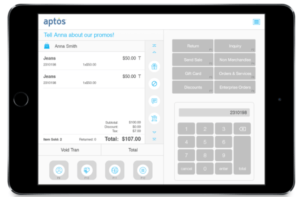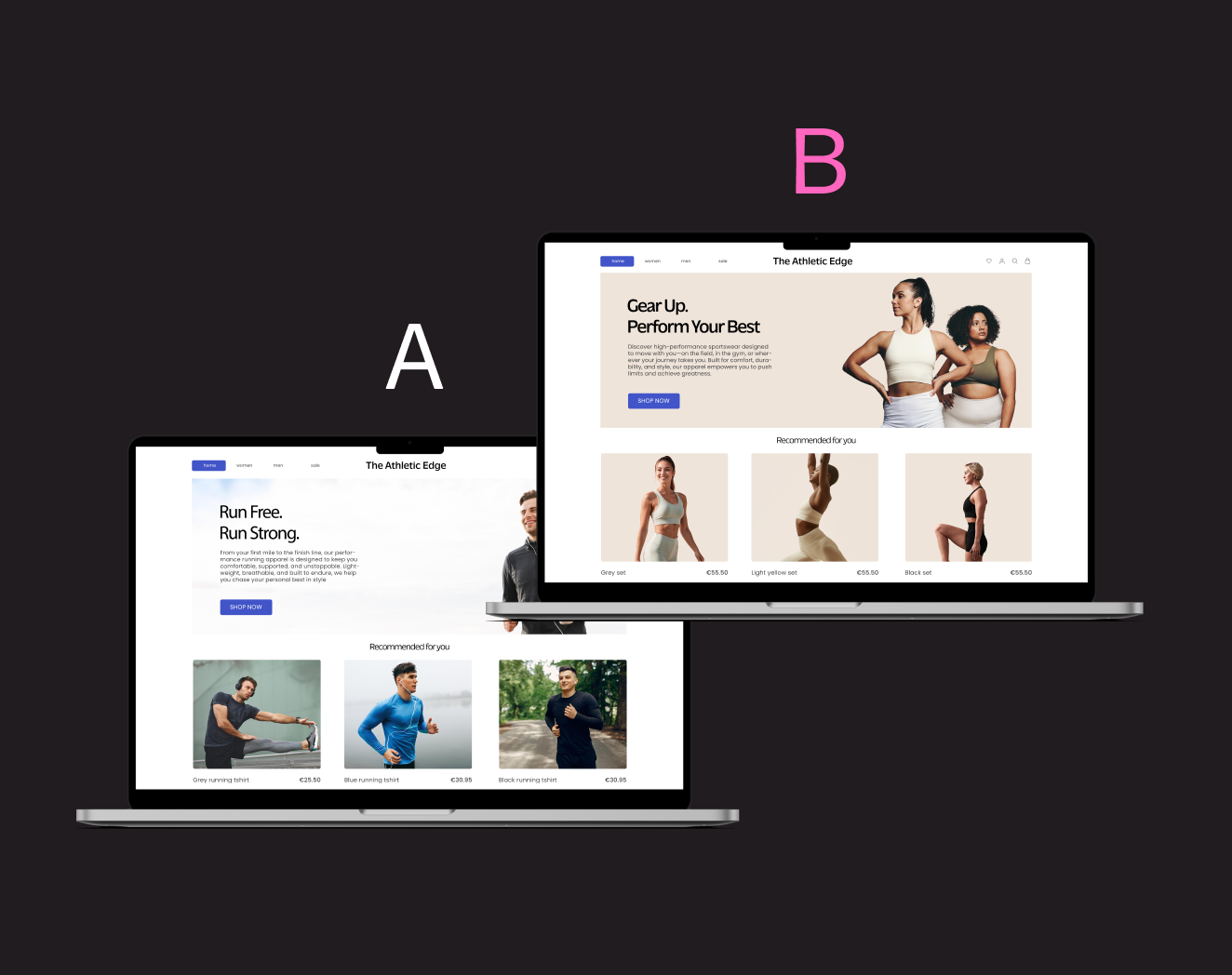The Ultimate Guide to Creating an Omnichannel Digital Experience
Modern consumers are very discerning. In fact, 88 percent of consumers research products before purchasing them and they don’t just stick to one channel. They research products through multiple avenues, including websites, social media platforms and brick-and-mortar stores. Not only that, but today’s consumer expects brands to provide them with a seamless customer experience across all of these channels.
Brands that achieve this have a better chance of scoring sales, inspiring customer confidence and retaining customers for the long-term.
Here’s an example:
Say a person sees a dress in a Facebook ad. Impressed by the dress, they click on the ad and are taken to the company’s Facebook page where they read customer reviews about the brand and products.
The customer decides to pay a visit to the company website. Unfortunately, the desired dress size is not in stock.
Not one to give up easily, the customer uses on-site live chat to find out when the dress will be available. The live chat agent informs them that the dress is available at a nearby store and reserves it for the customer. The customer visits the store and picks up the dress.
As you can see, the customer journey had five touchpoints: Facebook ad, Facebook page, website, live chat and in-store. All the touchpoints were neatly aligned with each other, pushing the customer towards conversion organically. That’s what the omnichannel digital experience is all about.
Sounds impressive, right?
It is.
To learn more about how to build a seamless omnichannel experience, keep reading. You will also learn about the benefits brands derive from creating an omnichannel digital experience.
Let’s get started.
Why Provide an Omnichannel Digital Experience?
An omnichannel approach focuses on building customer relationships. It can benefit brands in many ways, including:
It is customer-centric. In an omnichannel system, customers control their brand journeys. They can access information anytime, anywhere from a range of touchpoints and devices. This gives them a feeling of power and accomplishment, which leads to greater customer satisfaction.
It boosts conversions. Multi-channel customers have a higher purchase intent than single-channel customers, according to an HBR study. Customers who come to brands via multiple channels are keener to buy and engage with brands because they are already invested and tend to spend more than other customers.
It is data-driven. Customer data is collected in real-time from integrated platforms. This data is automatically fed into the company’s CRM and customer-facing channels. It is used to shape future customer interactions and enable faster decision making. Naturally, such a precise and holistic approach produces good results in a shorter amount of time.
It is efficient. By simplifying customer journeys and allowing customers to interact with brands across different platforms, you can free up your customer service staff. You can also minimize back-office complexities and focus on outcomes instead of processes.
Creating an Omnichannel Digital Experience: 5 Strategies
Now that you know how important omnichannel digital experiences are for brands, I’m sure you’re keen to embrace the approach right away.
Yes?
Then, just follow these five effective strategies:
1. Analyze Your Audience
To create a great omnichannel experience, you need to follow one rule: deliver what your customers want, how they want it and when they want it. This means that you need to understand your audience’s needs, interests and expectations really well.
But how?
- Build detailed buyer personas for each audience segment.
- Look into the past interactions of existing customers.
- Dig into your CRM records and mailing lists.
- Follow prospective customers around the web to get insights into their browsing behaviors.
For instance, if your audience includes tech-savvy millennials, you can reach them better through digital channels like chatbots. But, older audiences are more comfortable when brands communicate through emails and texting apps.
Here’s an example:
Orvis, a sporting goods vendor, understood that their audience demographic mainly constituted affluent Boomers. These consumers are keen to explore new technology but aren’t very adept at using tools themselves.
So, to help them, Orvis equipped their in-store executives with tablets having eCommerce functionality. At a glance, the execs could provide information about out-of-stock and restocked goods to their customers.

Image source: Aptos
For their brilliant omnichannel marketing initiative, the brand received the IRT Retailer Innovation Award in 2017.
2. Map Customer Journeys
Once you know who your customers are and which channels they prefer, you need to map their customer journeys. You need to build a visual roadmap of the touchpoints that customers use to complete their journeys and look for opportunities to inject omnichannel flavor into them
For example, if you run an online store and notice too many drop-offs between the “review cart” and “checkout” stages, you can safely assume that customers are struggling at the former stage. Maybe, you can introduce live chat at that stage and help customers resolve their issues right there and then.
By inspecting customer life cycles, you can serve them content and tools that they need at a particular time. As a result, customer journeys become painless and smooth.
3. Identify Stakeholders
The omnichannel approach requires all of your teams—sales, marketing, product and customer service—to be in sync. It also asks all these teams to have a customer-centric mindset.
As brands, you need to train your teams to put customers first. You also need to identify the potential issues that can crop up in the different stages of customer journeys. The earlier you diagnose the issues, the better aligned your teams will be.
Want a pro tip?
Introduce the omnichannel approach in your main customer-facing channels first as a pilot test. Once you’ve tested it and ironed out all of the kinks, expand the strategy to all of your online and offline channels.
4. Use the Right Tools
You need the right technologies and tools to provide an omnichannel experience to your customers. Even if cutting-edge technology like chatbots is out of your budget, you can always invest in live chat solutions to keep customers engaged.
Mobile apps are also a great way to reach customers where they are. For inspiration, take a look at Starbucks’ rewards app:

Image source: Starbucks
What else?
Personalize your customers’ journeys by using customer engagement platforms. They delight website visitors with custom offers, calls-to-action and dynamic content. In return, customers showed their love by returning to your website and stores again and again and boosting your sales and engagement.
5. Listen to Customer Feedback
Customer feedback is the lifeblood of omnichannel digital experiences. Make it a point to collect customer feedback often, but unobtrusively.
You can use survey forms or on-site pop-ups for the purpose. Keep the feedback process simple and straightforward. Avoid asking too many questions or personal information since that tends to annoy people.
You can take a cue from Dell’s IdeaStorm. Dell created a separate website, dedicated to collecting product ideas and improvement suggestions from its customers. And, they did this way back in 2007—an era when brands put themselves on a pedestal.

Image source: Dell
Dell’s proactive approach towards customer feedback has been largely responsible for its great customer satisfaction rates.
Ensure that your surveys are timed and positioned perfectly. They should not interrupt the user experience or disrupt the conversion cycle.
What’s more?
Prepare a fact sheet and on the basis of it, you reward your customers for giving feedback. But a downside is that you can never be sure of such feedback’s sincerity.
Ready to Create a Brilliant Omnichannel Digital Experience?
When you implement an omnichannel approach, remember to integrate it into your systems from start to finish. Many brands forget all about customer experience once they earn conversions. It’s only when you keep the customer in focus post-sale that you can be called truly “omnichannel.”
Do you need more expert advice on optimizing your user experience? Let me know in the comments. I’ll get back to you with the information soon.




